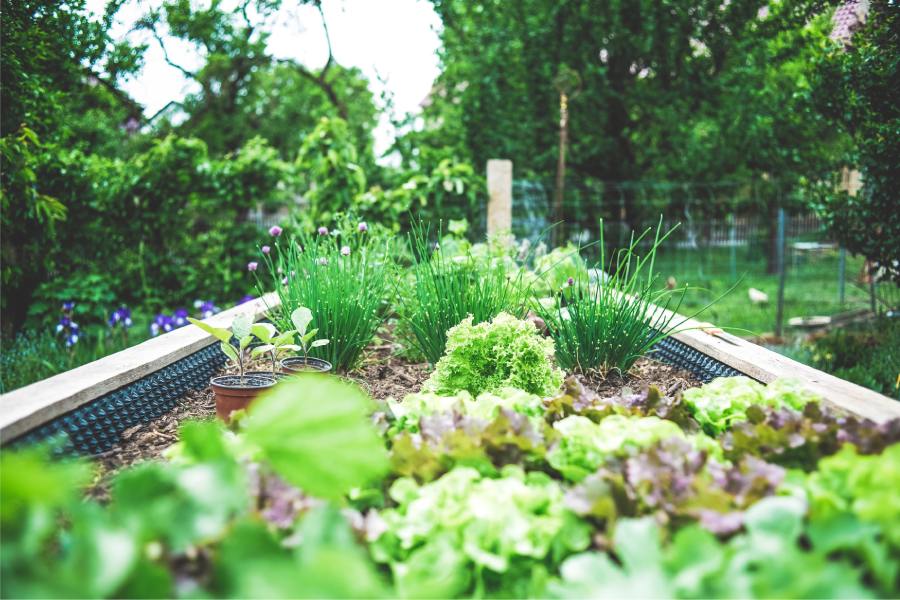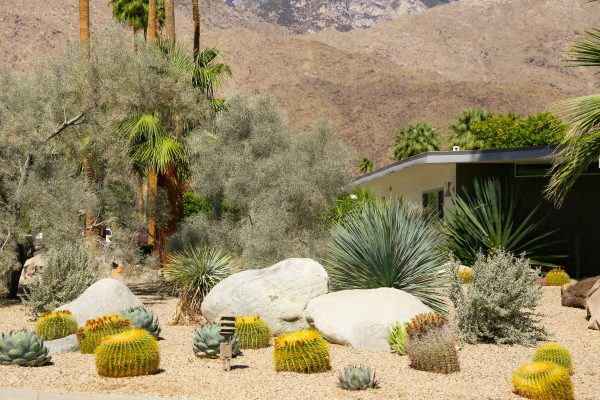Consider starting a container garden if you’re looking for an alternative to traditional gardening and indoor plants. Container gardens are smaller versions of greenhouses that take advantage of unused space such as balconies, patios, rooftops, or other small patches of land. Depending on your space and tastes, you can grow anything from herbs to fruits with a container garden.
Adjusting your home or apartment to accommodate a container garden is simple. It will give you first-hand experience in horticulture while reducing water usage and increasing the value of your property. The following tips will get you started on the right path:
1. Choose the Right Soil
Most of the time, compost or potting soil is used to create potting soil for planting. However, you need good quality potting soil to ensure that your container garden thrives. You can also add some perlite or sand as part of the mix to aid drainage and aeration. If you have a smaller space for your garden, you can also use a combination of peat moss and sand for drainage purposes. The soil you choose for your container garden will make a massive difference in the health of your plants.
2. Choose the Right Containers
Containers come in all shapes and sizes, and a wide variety of materials can be used to grow your plants. You can use anything from large clay pots to plastic pots. You can also use old buckets, repurposed containers, or tin cans. The size of the container will depend on the size of the plant you want to grow. A 12-inch pot is suitable for herbs, while a 5-gallon bucket will work well for veggies. You should also consider the size of your container while choosing plants. Plants vary in height and width, so you must select a container that’s big enough for the plant you want to grow.
3. Ensure Good Drainage
Ensuring good drainage is key to having a successful container garden. Adding rocks or bits of broken ceramic pieces to the bottom of your pots, making sure not to cover the drainage holes with the pieces or rocks, is a great way to ensure your container garden has good drainage. Plant roots will grow down into the soil and may cause it to become clogged with minerals or clay, which will prevent oxygen from reaching the roots. To prevent this, you must ensure adequate drainage in your container garden. You should add some perlite or sand to your soil mix to aid drainage and aeration.
4. Select the Best Plants for a Container Garden
You can grow many different types of plants in a container. However, you must ensure that your chosen plant is well-suited for container gardening. Plants that are heavy and require lots of water will not do well in a container garden. It would help to consider how much space the plant will take up inside the container. A small plant may need a smaller pot than a larger one and vice versa.
Key Takeaway
Container gardening is a beautiful way to grow your plants in your home. It can help you save money and reduce the amount of space you need to use. You can also get many different types of plants that you may not be able to grow in your yard. If you have limited space, container gardening is a great way to make the most of it. Another added bonus is that if you use small enough containers for your various plants, you can move them inside when it gets cold so that your plants don’t die in the winter. You can also move the containers into the direct sun if they need more shade or move them into the shade if they need less sun, This is one of the many reasons why container gardens are so versatile and successful for most people who have them.




